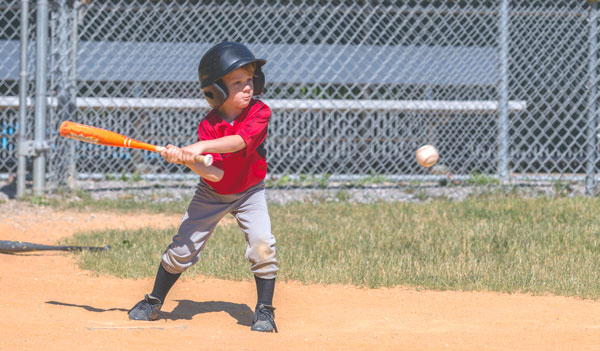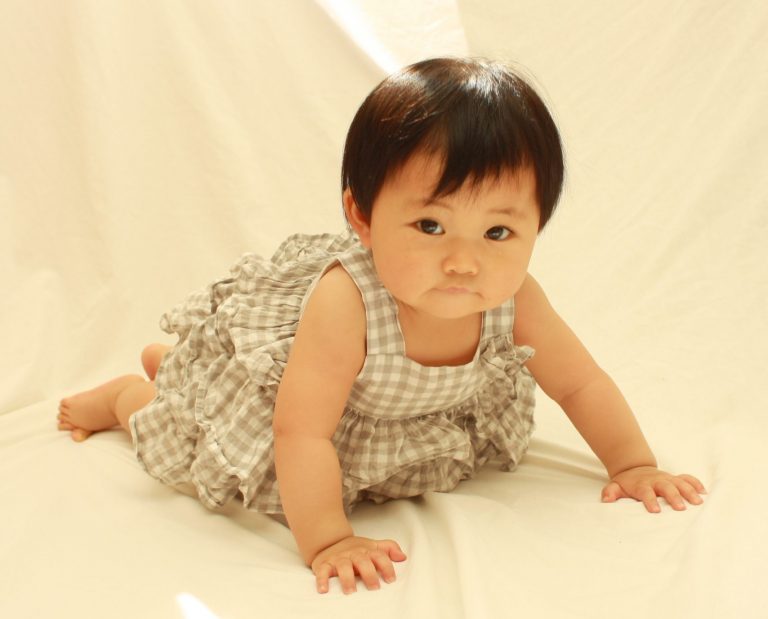Low Vision and Neuro-rehabilitation Optometrist: Dr. Ho
Menu
Vision plays a critical role in learning and development. Visual integration and visual skills are not fully mature at birth and develop through years of practice. Children with complicated medical conditions or birth have a higher risk of developing visual problems.
Did you know that there are over 20 visual skills needed to optimize vision for learning, and having good visual acuity 20/20 is only one of them?
In a perfect world, the eyes need to align, focus, and team together (visual skills) and do so effortlessly through space and time (visual flexibility and visual stamina).
When this does not happen, the child may be using too much energy to maintain comfortable vision instead of learning or paying attention. Vision also integrates with sensory and motor information from other places in the body, such as the vestibular (ears) and body (proprioception) to provide visual grounding and orientation and move through their environment effortlessly (visual integration).
Signs of visual problems during development can include:
- Squinting or rubbing eyes
- blurry vision
- covers an eye
- ocular fatigue
- turning eye (strabismus) or lazy eye (amblyopia)
- headaches
- words that appear to move and shift in space
- head tilt or head moves excessively to look at an object
- reversal or mix up of letters / words
- poor eye hand coordination
- motion sickness
A comprehensive functional eye exam can offer much deeper insight beyond a typical vision screening as to what is holding back the child. Lenses and vision habilitation therapy can help support a child’s visual processing and development.
Our team frequently will co-manage with other therapists (occupational, physical, speech, cranial-sacral, school support) to give suggestions on how to best support development and/or academic goals.



